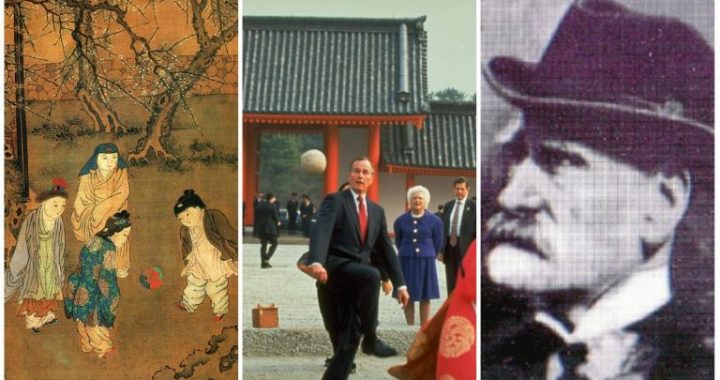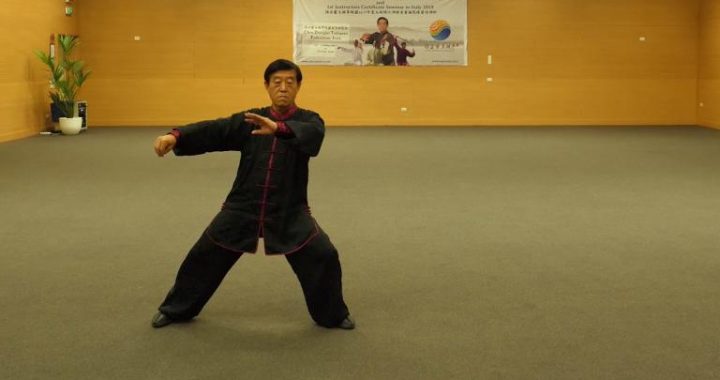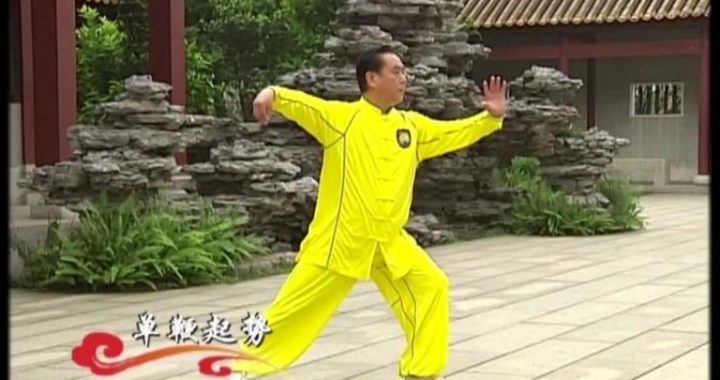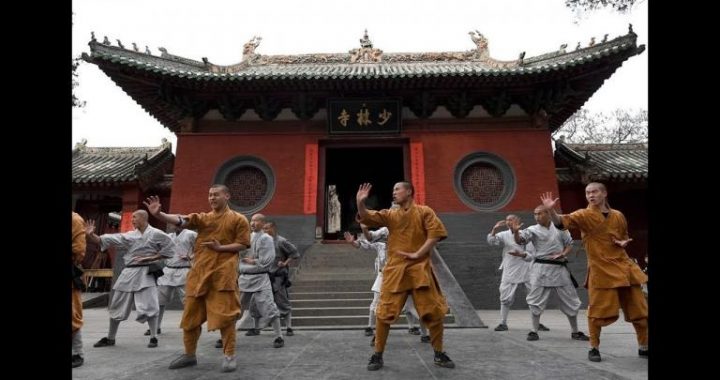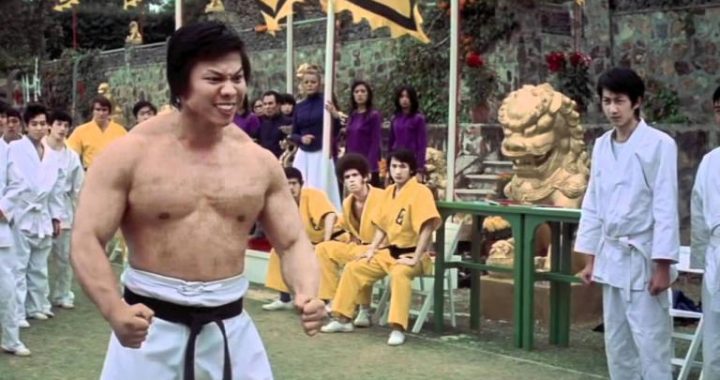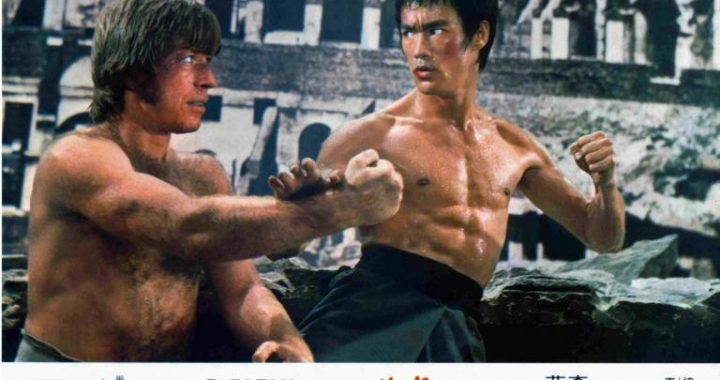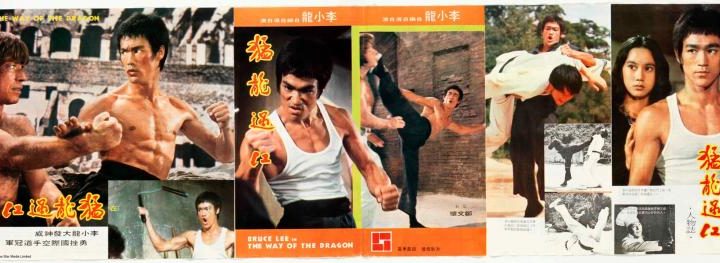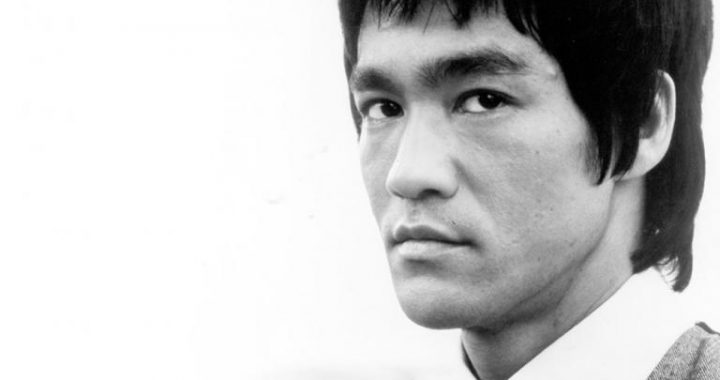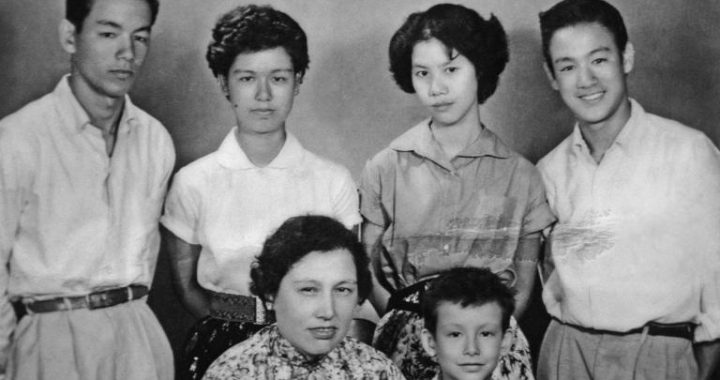Wudangquan Family
3 min readAnother saying goes,”the Shaolin Wugong was superior in its external practice and the Wudang was internal.”Shaolin and Wudang are considered the two dominant schools in the Chinese Wushu, and each are seen to have its merits.
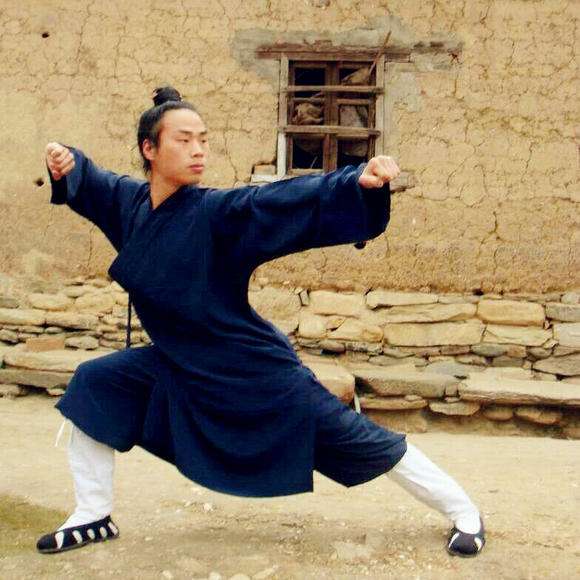
Located in the northwestern region of Hubei province, Wudangshan stretches over 400 kilometers, covering an area of more than 3o square kilometers. The main peak, the Heavenly Pillar Peak, rises 1612 meters above sea level. The natural scenery of Wudang Mountain is powerful and magnificent. It was the Taoist Holy Land in China and a sacred mountain to Taoists.
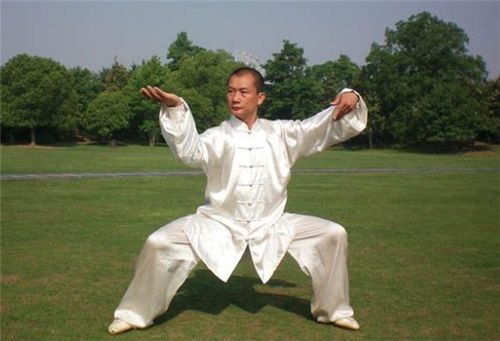
The Taoists of Wudang Mountain began practicing fist-fighting a long time ago. The Qing scholar Huang Zongxi believed Wudangquan was created by Zhang Sanfeng, but there is no historical record proving this to be the case. According to historical records, Zhang Sanfeng was a Taoist of the Quanzhen sect, and lived during the period of late Yuan and early Qing Dynasties. He practiced Qigong in Wudang Mountain, but he knew nothing about fist-fighting techniques.
Portrait of Zhao Kuangyin (the first emperor of the Northern Song Dynasty) Zhao Kuangyin (927-976) was born of a general. Wudang Quan and Shaolin Quan both have the Changquan forms named after this emperor. It is said such forms were created by him.
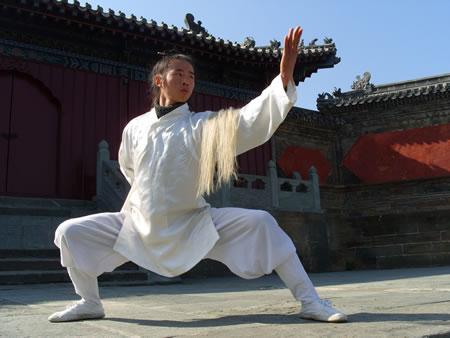
The Wudang sect is secretive about its techniques and chooses its learners very strictly, so the Wudangquan was never widely spread. The Wudangquan was taught until the late Ming and early Qing Dynasties. In Ningbo, Zhejiang province, some Wudang martial masters such as Zhang Songxi, Ye Jinquan, Shan Sinan and Wang Zhengnan emerged. Huang Baijia (1634-?), the son of Huang Zongxi, was a student of Wang Zhengnan. It was believed Zhang Songxi taught Wudangquan inSichuan province. At present, the widespread Songxi Neijiaquan, Wudang Neijiaquan and Zimu Nanquan in Chengdu and Nanchong, Sichuan province belongs to the Wudang boxing family. During the Guangxu period in the late Qing Dynasty (1875-1908), the Taoist successor, set up a school and taught students in Jiangning(now called Nanjing City), Jiangsu province. Therefore, Wudang Quan is still popular in Sichuan and Jiangsu provinces. To date, Wudang Taoists still maintain the tradition of practicing martial arts.
According to rough statistics, more than 6o kinds of Wudangquan forms have been widely spread today, including Taiyi Wuxing Quan(Taiyi Five Element Form), Changquan(Long List) and Liuye Miansi palm. There are also decades of weaponry forms in the Wudang sect. The Wudangboxing family also includes the well known Xuanwu Quan, Mianzhang Quan (soft palm), Huzhua (tiger claw) Quan, Dilong Quan, Hongyuan Quan and Taijiquan.
Taoism pays attention to the state of quietness and passivity, and the passage to good health.
Therefore, the Wudangquan pays equal attention to its fighting and health preserving skills. It laid claim to gaining mastery by striking only after the enemy has struck, and restricting the active by quietness.
The Wudang boxing family was formed in the late Ming and early Qing dynasties, around the same time period as the Shaolin boxing family.
